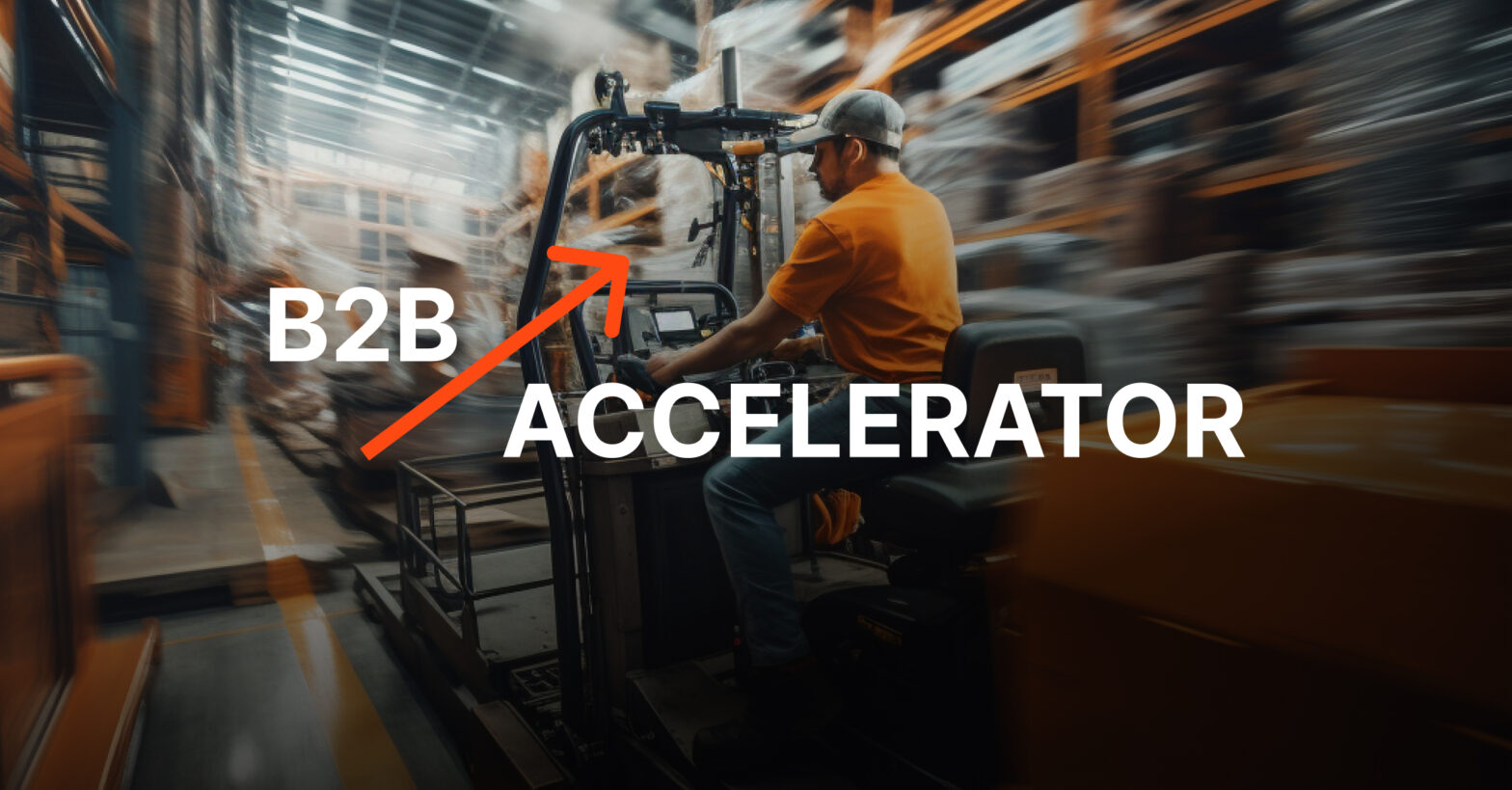It’s true. Manufacturers and Distributors are among the slowest sectors to adopt e-commerce and any related digital transformation initiatives. But this is understandable given that many manufacturers can build large businesses with just a few key buyers (like the government or an end-of-line manufacturer like auto). And once that business is built, it can be easy to remain stagnant and depend on existing processes and systems that thrive on the status quo. Manufacturers can rely on their buyers growing so they just thrive on long term contract arrangements and sales relationship structures built and maintained over decades. There is a perceived risk in changing and opening up the business to new technologies and processes that still persists today. Our random survey indicates about 55% of manufacturers do not have an e-commerce website. But perceptions are changing. The technology adoption risk is being minimized and the opportunity to grow has never been greater; here’s why.
SaaS-Cloud Combination / Reduction in Capital Costs
E-commerce Enterprise initiatives used to be fraught with much more risk and much higher capital investment. Data centers. Servers. Software. More software. Data backup hardware. Custom enterprise software projects. The SaaS and cloud computing revolution of the last 20 years has made them all virtually go away. And while there’s still complexity as digital infrastructures grow, both financial risks and security risks have been reduced exponentially. BigCommerce is putting complex B2B functionality into the hands of B2B merchants that haven’t made any changes in the past 5 years. It’s also fantastic for risk averse enterprise B2B merchants. The biggest reduction in risk relates to SaaS systems enabling the “renting” of software versus having to plan, build and own it. And the good news is that any custom software or configuration effort that is specific to the business can be capitalized so the tax incentive to invest has not disappeared.
The Self Service Revolution (Thanks Amazon)
Self Service initiatives permeate throughout business. Amazon taught consumers how easy purchasing can be so now business buyers expect procurement and sourcing to be just as easy. If you give your buyers the tools to execute self service, they will do it. We have B2B merchant clients that are literally adding self-service purchasing portals for major clients every few weeks. It’s easy to replicate a reference portal and add a new client – self service e-commerce can even be a part of a large contract negotiation! The risk is now tied to revenue!
Global Sourcing / Human Capital
SaaS and Cloud evolution doesn’t mean that people and software go away from the enterprise – in fact most companies are adopting and contracting more SaaS platforms as they go through digital transformation. But now human capital can be deployed globally which not only provides cost advantages but it also allows companies to maintain, evolve and monitor their systems every second of every day if they want.
Open E-commerce Architecture
20 years ago when companies first invested in e-commerce the model of selling involved driving customers to a website and coaxing them through a catalog and shopping cart experience. Amazon allowed companies to access its exploding customer base with the advent of its merchant centers and storefronts. Many B2B pundits thought manufacturers would never need an e-commerce website because of Amazon, eBay, and a few other b2b marketplaces that came and went. But now it’s an open world where a merchant can establish their own marketplace. SaaS solutions like Feedonomics make the process of homogenizing product data for product feeds much easier. Merchants can literally feed products into N number of storefronts to reduce the risk of .com irrelevance.
BOTTOM LINE? If you’re a B2B e-commerce merchant that is behind the curve on e-commerce adoption or you pieced together a site 10 years ago that is “working fine” but not growing, it’s a great time to consider a modest investment in e-commerce that will likely provide a much faster ROI with minimal risk. The results could be transformative. Consider contacting us ([email protected]) for a complimentary B2B TCO analysis for a BigCommerce B2B Edition migration. We’ll evaluate your current stack vs a typical investment in today’s dollars and give you a sense of what the growth opportunity really is.


